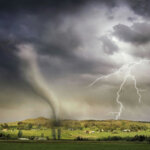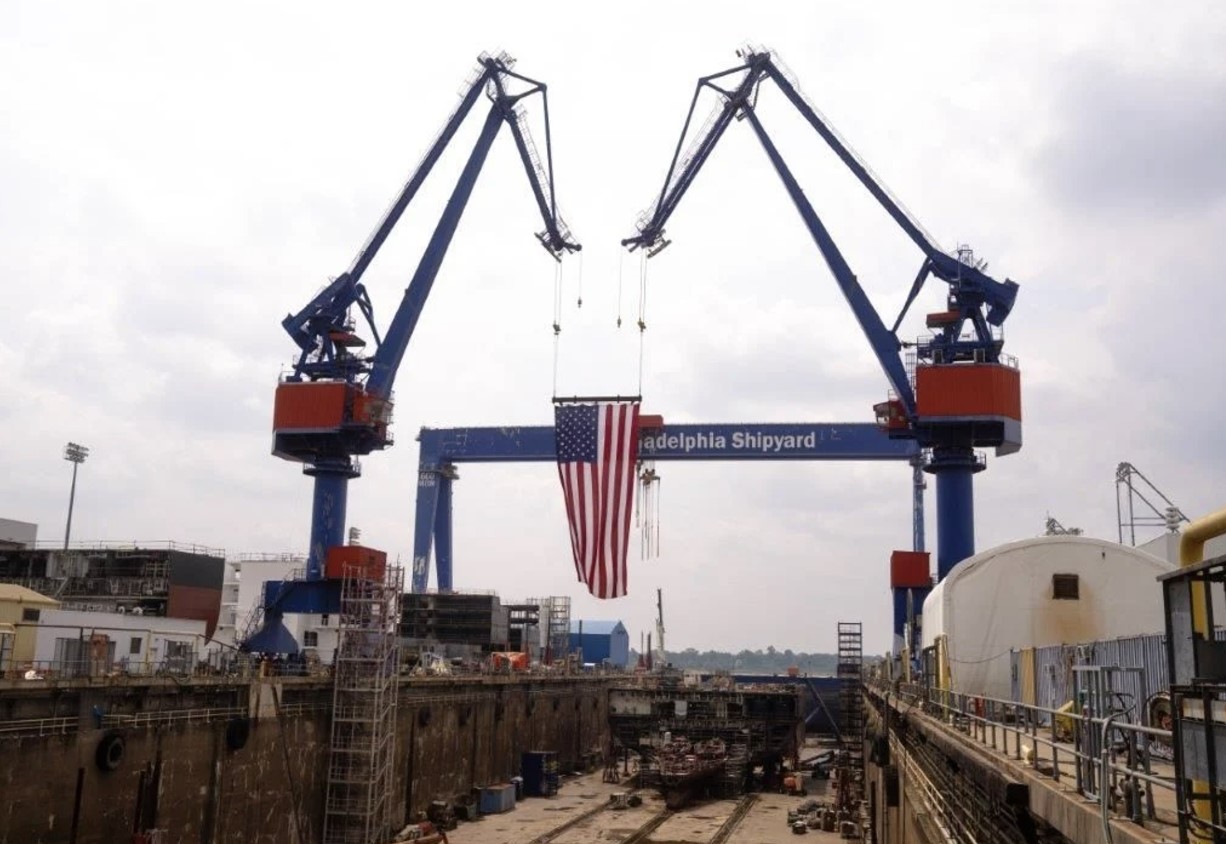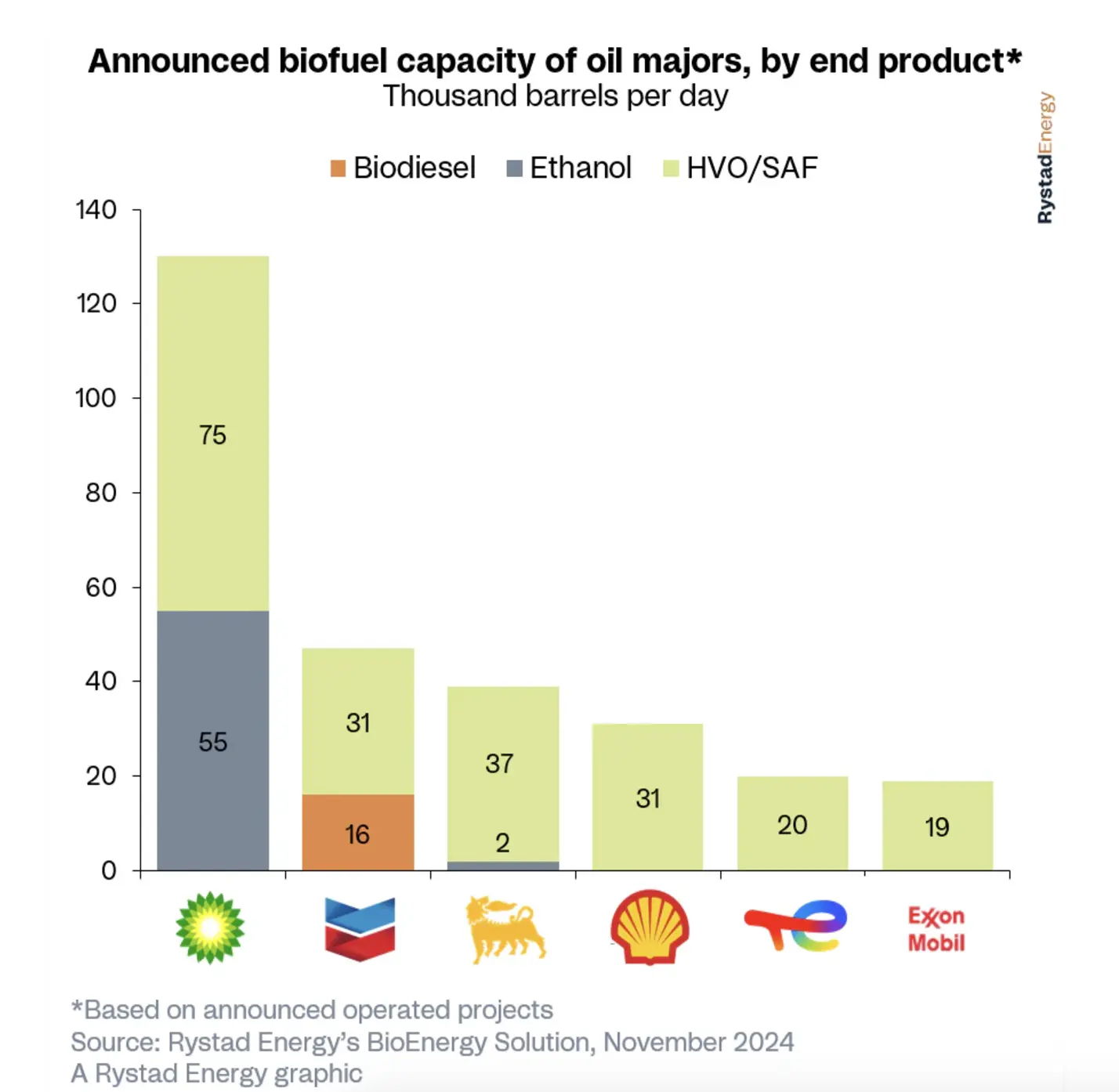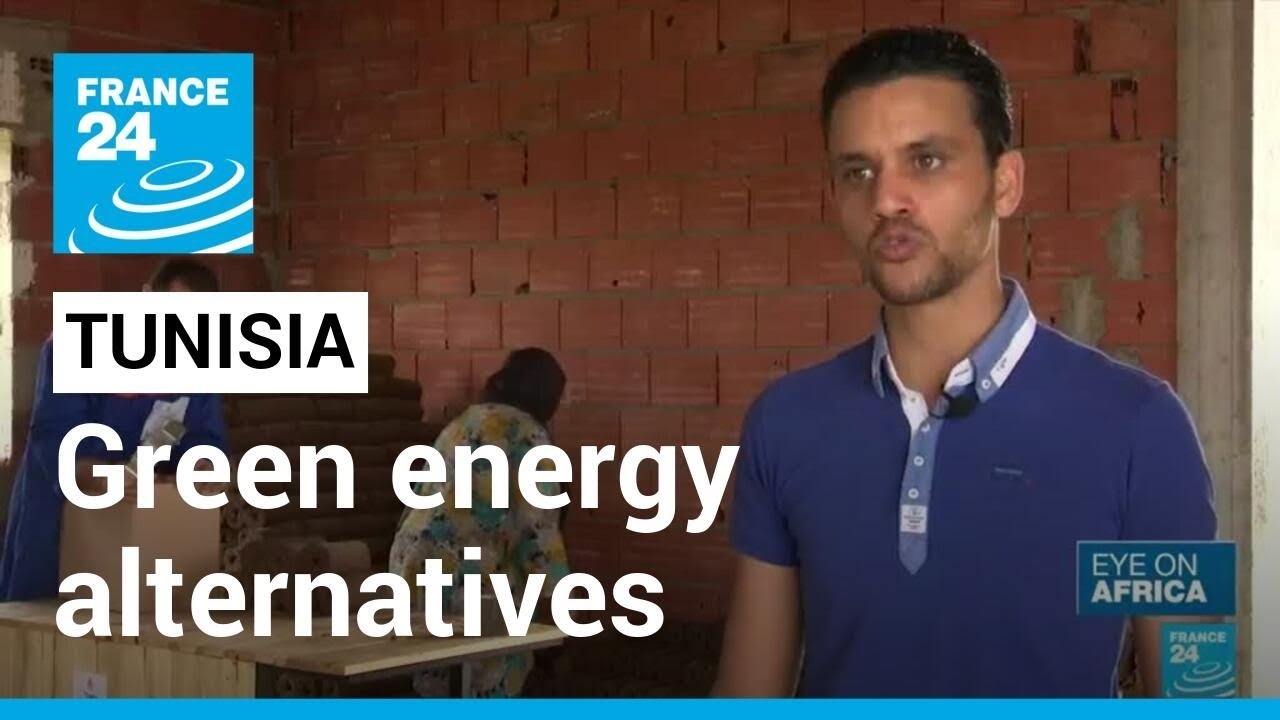
Underwriting insurance for wind turbines involves a comprehensive evaluation of factors that can influence the risk and potential losses associated with these structures. Insurers consider a range of specific elements to determine the level of risk and to determine insurance premiums. Key factors involved in underwriting wind turbine insurance include the geographic location and climate considerations. By leveraging advanced modeling techniques and meteorological data, insurers specializing in wind power insurance also consider long-term climate patterns as part of underwriting criteria. Generally speaking, areas prone to freezing temperatures, high winds or tornadoes pose greater risks.
Being properly insured in tornado alley
Insurance considerations for wind power developed in areas prone to tornadoes are complex due to the high risk of damage associated with such extreme weather events. The weather conditions in Tornado Alley, a region in the central United States known for frequent tornadoes, are shaped by a unique combination of geographical and meteorological factors that create an ideal environment for tornado formation. Insurers and wind farm operators must carefully evaluate several factors to ensure adequate coverage and effective risk management.
Comprehensive property damage coverage: Policies should cover damage to turbines, substations and other on-site infrastructure. This includes coverage for the cost of repairs or replacement following a tornado. Additionally, following a tornado, significant debris may hinder repair efforts. Insurance should cover the cost of debris removal.
Business interruption insurance: Coverage for loss of income due to the forced shutdown of operations after a tornado is crucial for maintaining financial stability during the recovery period. Extra expense coverage should also be in place to covers additional costs in excess of normal operating expenses to expedite the return to full operational status.
Liability insurance: In case the wind farm’s infrastructure is damaged and causes harm to third parties or their property, liability insurance can provide protection against third-party claims.
Equipment breakdown insurance: Even if a tornado doesn’t directly damage a turbine, it can cause power surges or operational stresses leading to mechanical failures. Equipment breakdown insurance can cover mechanical failure scenarios.
Environmental and pollution liability: A tornado can cause the release of hazardous materials, for which the wind farm might be held liable. This insurance covers cleanup costs and third-party damage claims from contamination risks.
Deductibles and limits: Given the high risk of tornado damage, insurers may require higher deductibles for wind farms in prone areas. It’s important for operators to conduct a risk assessment to balance deductible levels with premium costs. Adequate coverage limits must be set to cover the potential total loss or significant damage of expensive wind turbine equipment.
Risk mitigation measures: During site selection, developers should take careful consideration of historical tornado paths and frequencies when choosing locations for new wind farms. In the design and construction phases, utilizing tornado-resistant design principles and materials can help reduce potential damage and insurance costs. Finally, having a robust emergency response plan in place for pre-tornado preparations and post-event recovery is an important factor in insurance considerations.
Insurance market conditions: In high-risk areas, insurance coverage availability may be limited, or premiums may be higher. Operators should consider engaging with specialty insurers or consider alternative risk transfer solutions such as captive insurance.
Policy exclusions and special conditions: Policies may have exclusions for certain types of damage or events. It’s critical to understand these exclusions and assess if additional coverage is needed. Some insurers may offer reduced rates for implementing certain risk mitigation strategies.
Growing risks for wind farms
For wind farms in tornado-prone areas, a comprehensive insurance strategy that addresses the unique risks and challenges posed by tornadoes is essential. Operators should work closely with a specialty insurance broker and risk management professionals to tailor policies that provide adequate protection while also implementing robust risk mitigation measures to minimize potential damage and associated costs.
As wind turbines grow larger and heavier to increase efficiency and energy output, several risks and challenges become more pronounced. These developments require careful consideration in design, transportation, installation and maintenance. These are the primary risks associated with larger and heavier wind turbines:
Structural stress and fatigue
- Increased load: Larger blades and heavier structures put more stress on the turbine’s components, including the tower, foundation and rotor. This can lead to increased wear and tear, potentially resulting in structural failures if not properly managed.
- Material fatigue: The materials used in construction must withstand the additional loads over time, necessitating advanced materials or designs to prevent fatigue.
Transportation and logistics
- Transport challenges: The sheer size of the components makes transportation to the installation site more complex and costly. Special arrangements, such as custom transportation vehicles or modifications to roads and bridges, may be required.
- Installation difficulties: Larger cranes and more sophisticated equipment are needed for installation, which can increase the cost and complexity of the project.
Installation and maintenance
- Higher towers: Larger turbines often require taller towers, making installation and maintenance more challenging and hazardous. Specialized training for personnel and advanced safety protocols are essential.
- Maintenance complexity: The complexity of maintaining larger turbines, especially offshore ones, increases due to their size and the difficulty of accessing components for repairs or replacement.
Environmental impact
- Visual and noise impact: Larger turbines might have a greater visual and noise impact on the surrounding environment, which can lead to opposition from local communities.
- Impact on wildlife: There are concerns about the increased risk to birds and bats, particularly with taller turbines that can intersect with the flight paths of migratory species.
Energy production and grid integration
- Intermittency and grid stability: While larger turbines generate more power, they also contribute to the challenges of managing the intermittent nature of wind energy and integrating it into the power grid.
- Oversupply issues: In times of strong winds, larger turbines could generate more electricity than the grid can handle, requiring systems to manage or store excess energy.
Economic considerations
- Capital costs: The upfront cost of larger wind turbines is higher, impacting the financial viability of projects. While larger turbines can be more cost-effective over time due to higher energy output, the initial investment is substantial.
- Insurance costs: The risks associated with larger turbines can lead to higher insurance premiums to cover potential damages or losses.
Technological and operational risks
- Innovation risks: As technology advances, there are risks associated with deploying new and untested designs on a large scale.
- Operational reliability: The reliability of larger turbines is crucial; any downtime or inefficiency can significantly impact the overall energy production and economic return of wind projects.
The move toward larger and heavier wind turbines represents a natural progression in the quest for more efficient and productive renewable energy sources; however, it also introduces a set of challenges that require innovative solutions in design, materials science, logistics and operational management to ensure these larger turbines are safe, reliable and environmentally sustainable.
 Edward Stewart is a Senior Vice President at Alliant Insurance Services, based in Seattle, Washington. Focused on the renewable energy industry, Edward works to de-risk innovation, support growth and enable complex and challenging project development using insurance and risk transfer strategies to lower the cost of risk.
Edward Stewart is a Senior Vice President at Alliant Insurance Services, based in Seattle, Washington. Focused on the renewable energy industry, Edward works to de-risk innovation, support growth and enable complex and challenging project development using insurance and risk transfer strategies to lower the cost of risk.
Filed Under: Featured







